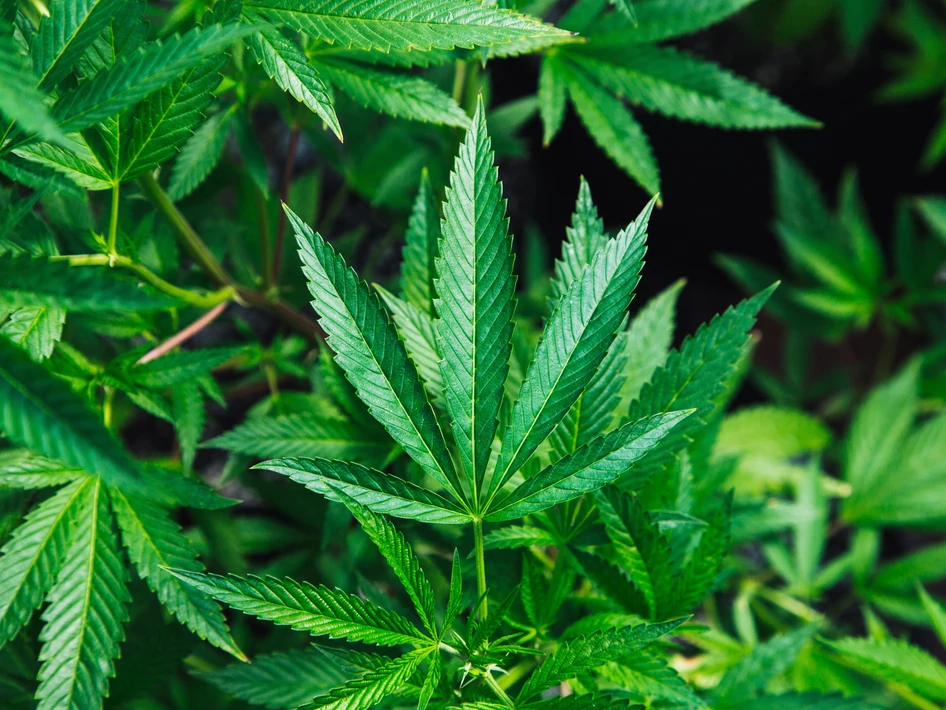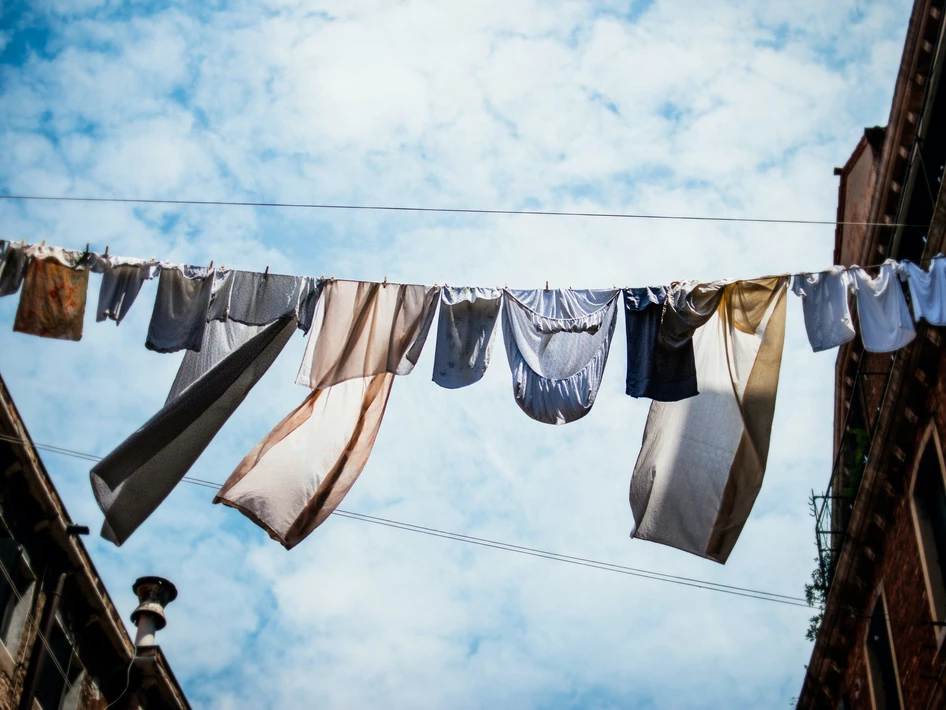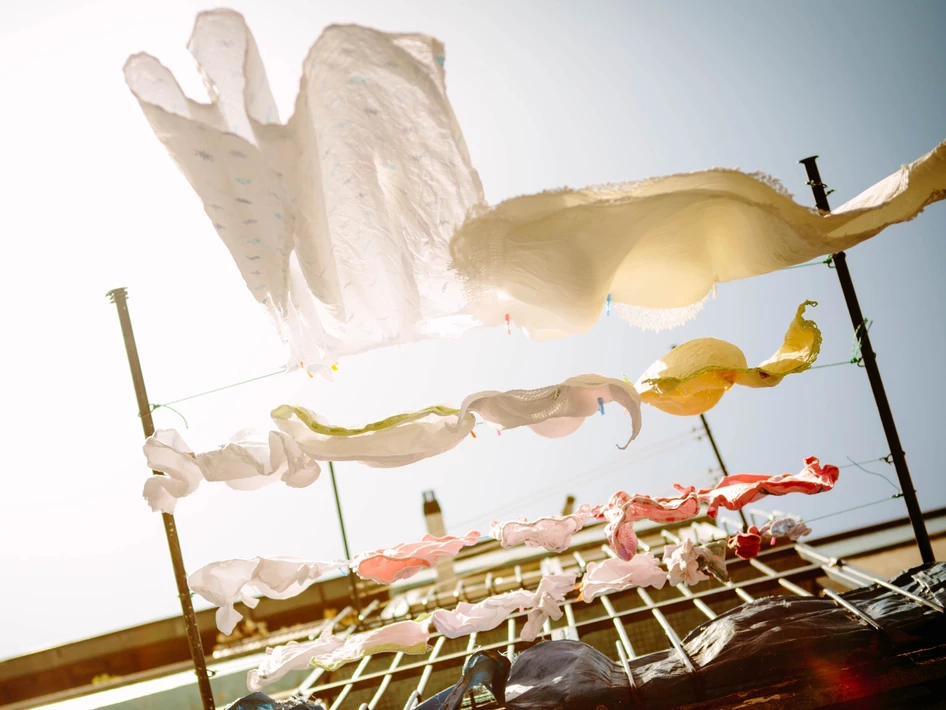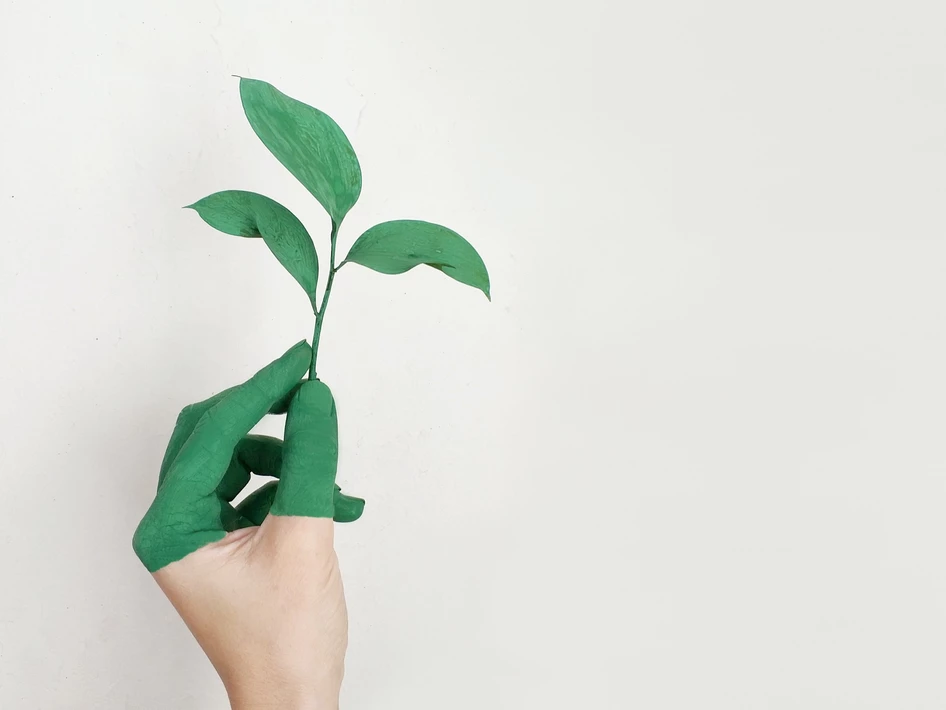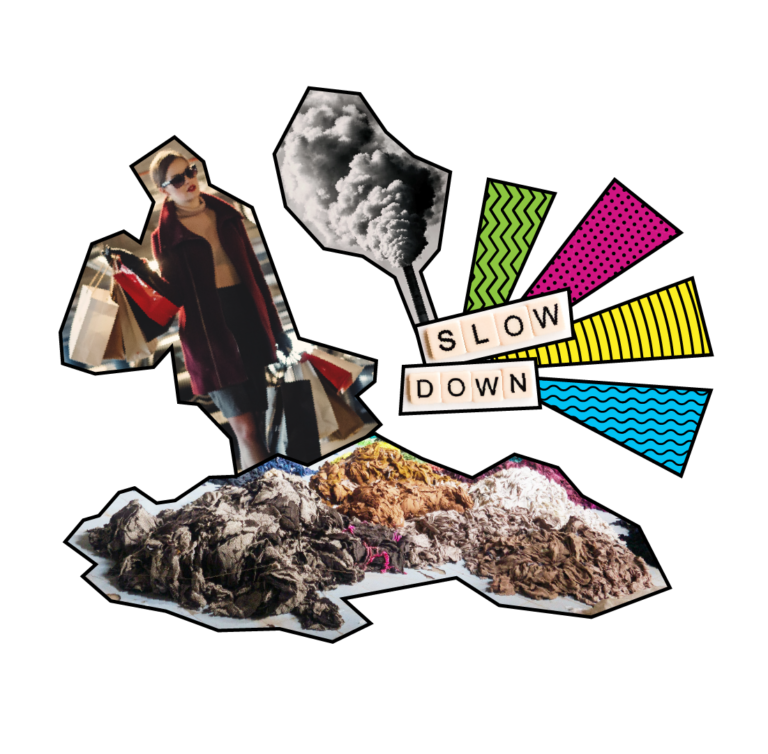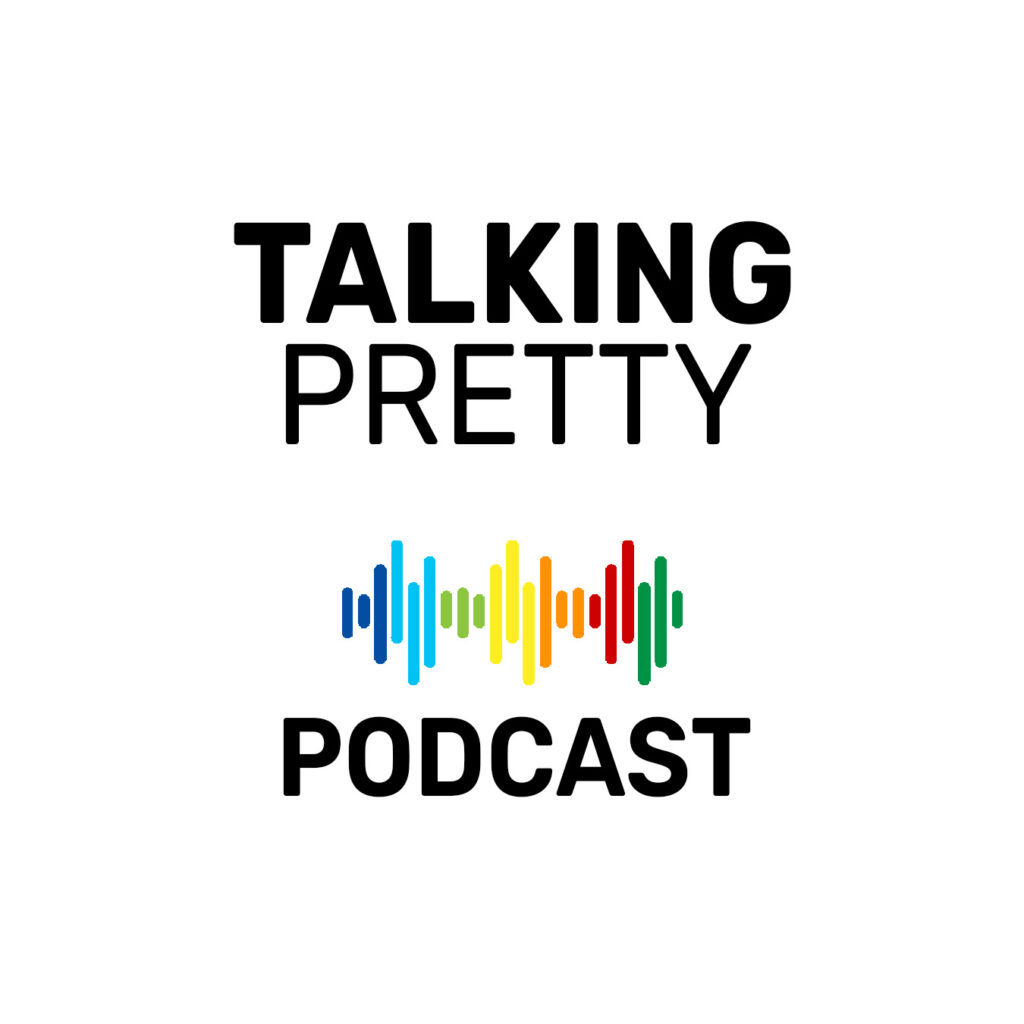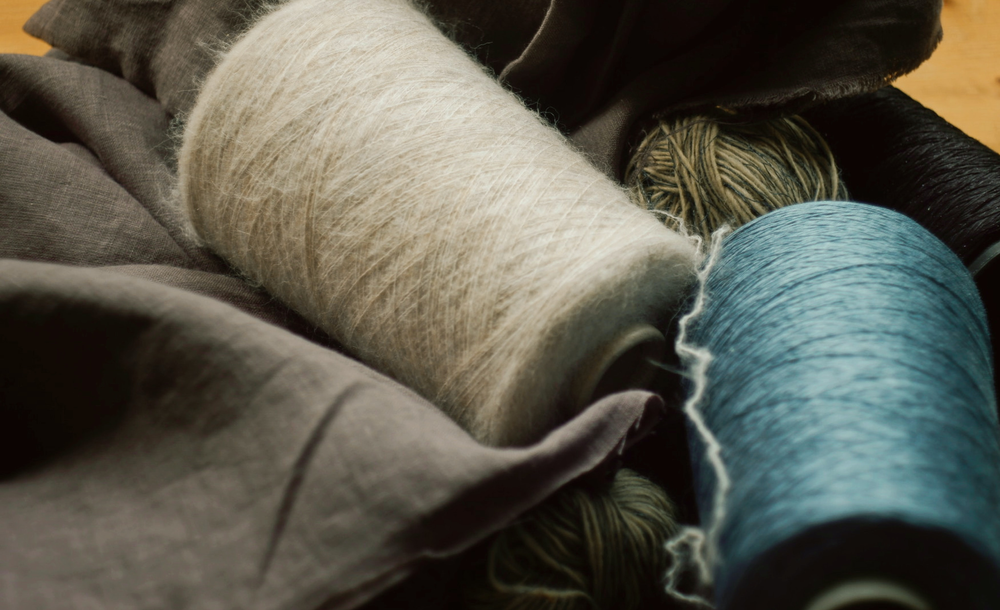
Hemp, or Cannabis, is called a fibre of a hundred uses. From paper and textiles to oils, hemp gives us a whole host of products. Our favourite, of course, is the hemp fabric. The oldest piece of paper, which dates back to over 2000 years ago, was discovered in China and is made from hemp. The Vedas refer to Cannabis as one of the five most sacred plants, but as of today, its cultivation is legal only in two Indian states: Uttarakhand and Uttar Pradesh. The Narcotics Drugs and Psychotropic Substances (NDPS) Act banned the sale and production of flowers or resins from Cannabis in the mid-1980s. This was done state-wise, so even if the centre lifts the ban, each state has the final say on whether or not Cannabis cultivation would be legal within its territory.
Over the years, hemp has got a bad rap for being a member of the same family as marijuana, a potent intoxicant, but the only high you’ll get from wearing the hemp fabric is from doing good for the planet, people and yourself. So let’s take a look at how sustainable a fibre hemp really is.

Pretty for the Planet
4.5/5
Hemp is organic: Hemp is a fine, lustrous, strong-bast fibre obtained from Cannabis Sativa, an annual plant that grows from seed in well-drained, nitrogen-rich, non-acidic soil. Being anti-bacterial, hemp requires almost no pesticides, making it easy to grow organically. The fibres are separated through a mechanical, chemical-free process, called retting, and then spun to create the threads that are woven into fabric. Hemp is being seen as an important crop, globally, as it will enable the production of environment-friendly, locally-produced, high-quality textiles.
Hemp uses fewer resources: Made-By Environment for Fibre ranks organic hemp (which all hemp invariably is) as a Class-A fibre and Good on You gives it a ‘good rating’, maintaining it’s a low-impact crop that can be converted into fabric in a sustainable manner. When compared to cotton, hemp uses at least 100 times less water: 140 litres of water to a kilogram of hemp, as opposed to 20,000 litres to a kilogram of cotton. In fact, sometimes just rainwater is enough for hemp cultivation. Although both hemp and cotton use the same amount of energy in production, hemp requires half the amount of land per 1000 kilograms of textile and has a shorter crop cycle. It grows to 12 feet in 3 to 4 months, whereas cotton takes about 9 months to grow.
Hemp is carbon-neutral: In fact, in some cases, hemp is even carbon negative as it absorbs carbon emissions, and restores nutrients back to the soil, making it fertile and suitable for multiple cycles of cultivation. This is in stark contrast to cotton, which has been the leading culprits for residue burning, contributing to the Great Smog of North India. But the best part is, every part of the hemp plant is usable, from the seed to the oils from the leaf to the fibre from the stem. The residue biodegrades quickly and nourishes the soil. Now, if that isn’t a champion for the planet!
Lack of transparency: What’s important to note, however, is brands using hemp to greenwash their way through. Often, they may use hemp, but it may not have been ethically produced, following practices that are more intensive on the environment to speed up the process, even resorting to polluting chemical treatments. Moreover, most of the hemp used globally comes from China, where production and environment protection practices, as we are well aware, are not well elucidated.

Pretty for the People
5/5
Hemp is a versatile fibre: Hemp lends itself easily to traditional production and dyeing practices, making it easier for artisans to use on the loom. Even easier than cotton! Given the situation most Indian farmers find themselves in, wherein it’s hard for them to repay their loans, hemp could prove to be a boon, believes Vishal Vivek, co-founder of Hemp Foundation in Uttarakhand, the first state to legalise Hemp cultivation in India. It grows faster, uses less water, energy and land. In fact, given the convenience it affords at every stage, it would serve as a way of giving back the power where it should be, in the hands of first the farmers and then the artisans.
Hemp is in demand: Hemp’s ability to lend itself to a variety of uses, ranging from everyday clothing to upholstery and even swimwear, has brought it to the top of the sustainable fibre charts. According to the Hemp Foundation website, their goal is to cultivate 30% land for hemp as a cash crop, as it has the potential to rake in the big bucks from across the world. Hemp being a fast-growing crop, is also more likely to ensure a constant supply for the industry.
It’s got potential: Hemp Foundation have also been working to provide more sustenance options for the farmers by focusing on germplasm research on wild and domesticated varieties of hemp. They offer training and occupational expertise to the local farmers for commercial hemp production and use cluster development approach to conserve energy and space, meaning lesser environmental costs along with greater income for farming families.
Pretty for You
4/5
Hemp is a sustainable fibre of many uses: From apparel to even furnishings and accessories, hemp fabric is being used across the board. Plus there are more than 30 varieties available, and can be crafted into any number of styles, making it an absolute winner!
It’s better for health: Hemp is very comfortable to wear, lasts long, is strong, absorbent, breathable, anti-microbial, mildew-resistant and insulative. It’s being recognised as a more conscious alternative to Econyl for swimwear—Econyl is still made of plastic and does release microplastics into the ocean. Hemp, on the other hand, is completely natural and its fibres not so harmful to marine life, as it biodegrades easily.
What’s not to love: Hemp has low elasticity, is impossible to bleach, and can only be dyed into darker colours. But these pale in comparison to its massive benefits. Besides, hemp has been in the eye of political and legal battles, across the world, which is coming in the way of it becoming mainstream.

Essentially, hemp could prove a fantastic textile, but has quite a way to go before it can reach mainstream and we are assured of what we’re getting.

